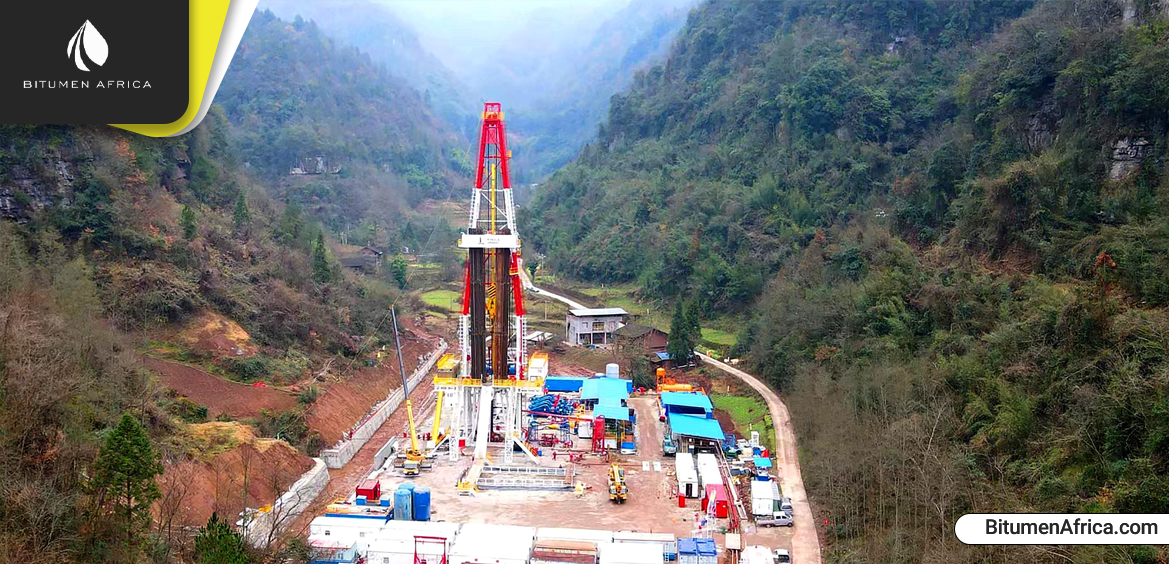Over the past decade, the United States has risen as the world’s leading crude oil producer and top exporter of liquefied natural gas (LNG), largely due to the shale boom driven by fracking. This surge in production has not only pushed U.S. oil and gas output to record highs but also transformed America into a major player in global energy markets. The impact has been profound: U.S. oil exports have challenged OPEC’s long-standing dominance in shaping oil supply and pricing, while LNG shipments have disrupted global trade flows and pricing structures for natural gas. With over 80% of global shale oil and gas production in 2024, the U.S. remains the undisputed leader in this sector.
The shale boom, however, is no longer limited to North America. Other countries rich in shale resources are beginning to explore and develop their reserves, aiming to improve energy security and carve out a presence in global markets. Canada, Argentina, Saudi Arabia, China, and Algeria have emerged as key contenders, supported by large reserves and growing investment. Although none currently rival the United States in scale, advancements in technology and supportive regulatory environments are laying the groundwork for these nations to expand their shale output in the coming years.
In Canada, the Montney Formation has become the centerpiece of the country’s shale industry. Known for being one of North America’s largest natural gas deposits, Montney also contains significant crude oil reserves with impressively low production costs. Analysts see Montney as one of the most promising shale basins, with vast untapped resources that could secure Canada’s place in the global supply picture. Meanwhile, in South America, Argentina’s Vaca Muerta formation stands out. With recoverable resources estimated at 16 billion barrels of oil and 308 trillion cubic feet of gas, Vaca Muerta ranks among the world’s largest shale deposits. Despite near-term slowdowns in drilling due to market conditions and corporate restructuring, Argentina’s long-term vision remains focused on monetizing these resources for both domestic use and export.
In Africa, Algeria is taking bold steps to leverage its shale potential. The North African nation, already a major conventional gas supplier to Europe, is in talks with Exxon and Chevron to explore and develop its shale gas reserves. This comes at a time when Europe, seeking alternatives to Russian gas following the Ukraine war, is looking to Africa for stable energy supplies. With the world’s third-largest shale gas reserves, Algeria could significantly expand its role as a major supplier of both pipeline and LNG gas to Europe. Similarly, Saudi Arabia is investing heavily in Jafurah, its largest unconventional gas field, which is set to become a critical asset in Aramco’s strategy to boost domestic gas production and support new industries, such as petrochemicals and energy-intensive tech sectors.
Further east, China is also stepping up shale exploration to reduce its reliance on foreign energy sources. The country possesses substantial shale reserves, particularly in natural gas, but faces unique challenges due to the complex geology of its formations. Despite these difficulties, China continues to push for growth in domestic shale output, aligning with its broader strategy of strengthening energy security. Taken together, these global efforts signal that while the U.S. remains dominant, the shale revolution is spreading worldwide, reshaping energy markets and geopolitical dynamics for decades to come.

